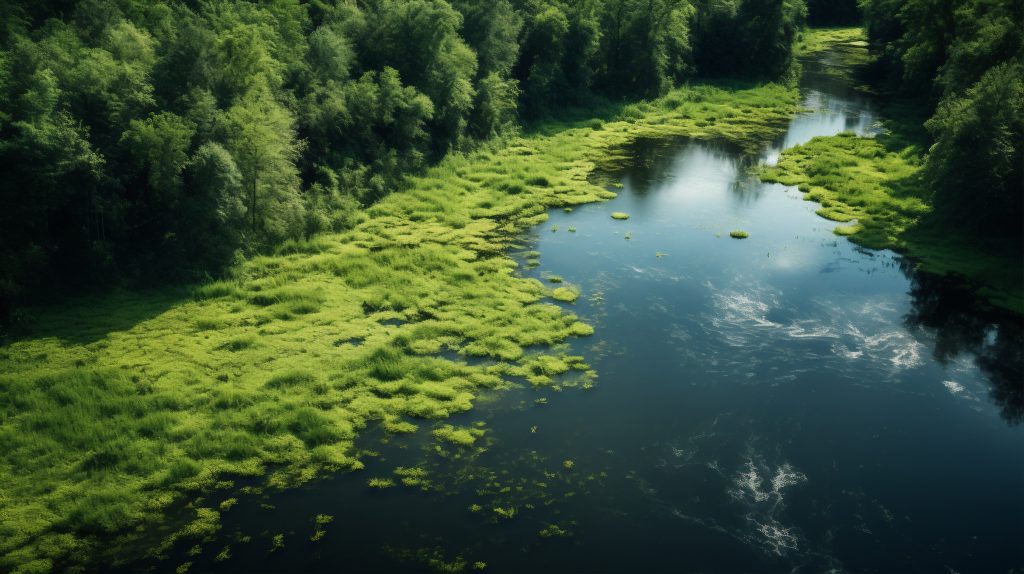In Chapter 3 of the edited book ‘Law in the EU’s Circular Energy System: Biofuel, Biowaste and Biogas‘, three scholars, Mirta Alessandrini, Edwin Alblas, and Lin Batten tackle the topic of ‘Agricultural waste to biofuel and biogas: law and policy‘.



Read the Abstract below:
‘The use of arable land for the production of biofuels and biogas has given rise to vigorous political and societal debate on land use. In particular, the favouring energy crops over food crops on the environment and food production, also known as indirect-land-use-change (ILUC), appears increasingly contested. Within the European Union (EU), the Renewable Energy Directive (RED II) has recently regulated this phenomenon, focussing on crop residues and animal manure as the primary alternative for biofuel and biogas production, and thereby responding to the increasing demand for low-carbon bioenergy in the renewable energy sector.
The legal framework that connects the EU’s circular energy system with the agriculture sector includes the RED II and the Common Agriculture Policy (CAP). In examining how these two legal sources engage biofuel and biogas production, this chapter concludes that both RED II and the CAP convey political intent on promoting the use of bioenergy by legally differentiating between biofuels derived from food and feed crops and from agricultural waste. At the same time, however, the EU lacks a specific set of (binding) rules to support this transition towards using agriculture waste in both the upcoming RED Reform (RED III) as well as the National Strategic Plans under the CAP’.


